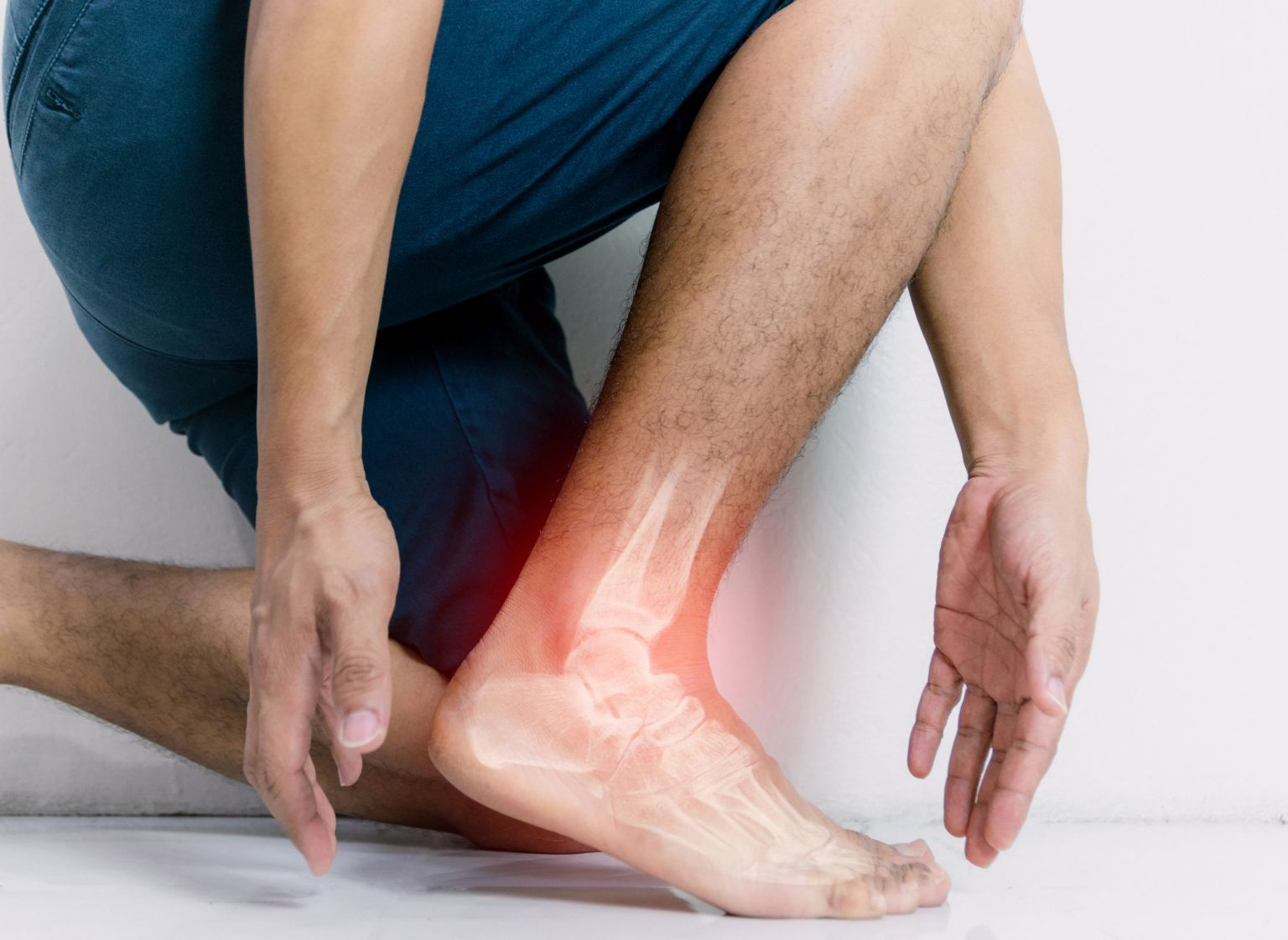You may be suffering from plantar fasciitis if you feel a stabbing pain in your heel when you make your first steps in the morning. Plantar fasciitis is the inflammation of the plant’s fascia(the tissue connecting the heel to your toes). It’s a common issue among runners. A physiotherapy is an effective option when it comes to Plantar Fasciitis Recovery.
If you’re experiencing this kind of pain on the sole of your foot, you should visit your physiotherapist for treatment. We will provide the right treatment, which in several months, will make the condition go away. Besides, doing so will help you quicken Plantar Fasciitis recovery.
Depending on the severity of your injury, the physiotherapist will recommend physiotherapy in Brampton, custom-made orthotics to ease your pain, and more.
Keep reading this article to learn more about how your Physiotherapist can help you speed up your Plantar Fasciitis recovery:
Plantar fasciitis Diagnosis
The physiotherapist will perform some tests to find the source of the pain. Using the examination and your medical history, the physiotherapist will find the right diagnosis for the condition. If necessary, the physiotherapist may require imaging test results to find the exact cause of the pain. A broken bone or pinched nerve can cause similar pain. It’s, therefore, necessary to perform imaging tests.
Plantar Fasciitis Recovery Treatment
Your physiotherapist will try a few options to help ease the pain and minimize the inflammation in your foot. Also, they might advise you to try a few therapies including:
Shoe inserts
These insoles or arch supports will provide extra protection and increased support to your sole. The physiotherapist will recommend custom-made orthotics for better results. Besides, it ensures that you get insoles with just the right firmness and adequate arch support.
Physiotherapy
Medication, ice, or rest may not work. The doctor may have to recommend physio for plantar fasciitis. During the physiotherapy in Brampton, you’ll learn various stretching exercises to help you strengthen your plantar fascia, lower leg muscles, and Achilles tendon. Apart from that, massage, ultrasonography, or contrast baths will be necessary for long-term healing.
Shock-wave therapy
This is the use of sound waves to shock your plantar fascia. The procedure stimulates the flow of blood to your foot for faster healing. Also, it helps to stop the pain.
If the progress is slow after all these efforts, the doctor may recommend other intense procedures or surgery. These include:
Steroid injection
If the pain is severe and doesn’t go away even after trying prescribed NSAIDs, you may have to try a steroid injection. The injection targets the most painful part of your plantar fascia. The pain will subside for a month while minimizing the inflammation for a long time.
Surgery
This is usually the last resort when all the other treatments fail due to the severity of your pain. This procedure removes the plantar fascia from your heel bone.
Conclusion
It’s necessary to visit your physiotherapist whenever you experience any pain in your plantar fascia. This will help you to treat any injuries before they get worse. Wearing custom-made orthotics, physio for plantar fascia, and more are ways to help you treat plantar fasciitis.


